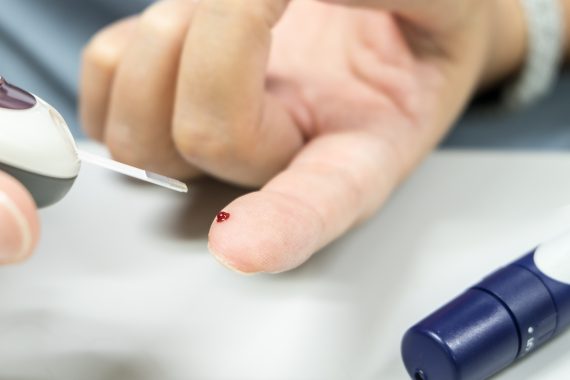GPs should consider adding a sulfonylurea to existing metformin treatment for type 2 diabetes rather than switching to sulfonylurea monotherapy.
A major study including 77,000 patients in UK primary care who started metformin for type 2 diabetes between 1998 and 2013 found that this course of action had better cardiovascular and mortality outcomes for patients.
They suggested this was related to the cardiovascular protective benefits of metforming.
During the follow-up period, just under 26,000 patients were either switched onto sulfonylureas as a second-line treatment option or had the drug added to their metformin treatment.
But the researchers, based in Canada, found this group of patients were 26% more likely to have a heart attack and 28% more likely to die from any cause compared to those who stayed on metformin alone.
They were also 18% more likely to die from a cardiovascular cause and had a seven-fold increased risk of severe hypoglycaemia
The researchers found that patients were at greater risk of heart attack and all-cause mortality when they switched to a sulfonylurea rather than adding one on to their metformin.
They pointed out that switching to sulfonylureas may drive adverse cardiovascular outcomes due to losing the protective effects of metformin.
They said in the paper: ‘Metformin is associated with a decreased risk of cardiovascular events and low rates of hypoglycaemia. Supplementing treatment with sulfonylureas, a potentially cardiotoxic class with high risk of hypoglycaemic events, may outweigh the benefits of metformin.
‘In line with current recommendations on the treatment of type 2 diabetes, continuing metformin when introducing sulfonylureas is safer than switching.’
BMJ 2018; available online 18 July
Pulse October survey
Take our July 2025 survey to potentially win £1.000 worth of tokens





 Oviva’s fully remote Tier 3 Weight Management programme
Oviva’s fully remote Tier 3 Weight Management programme






